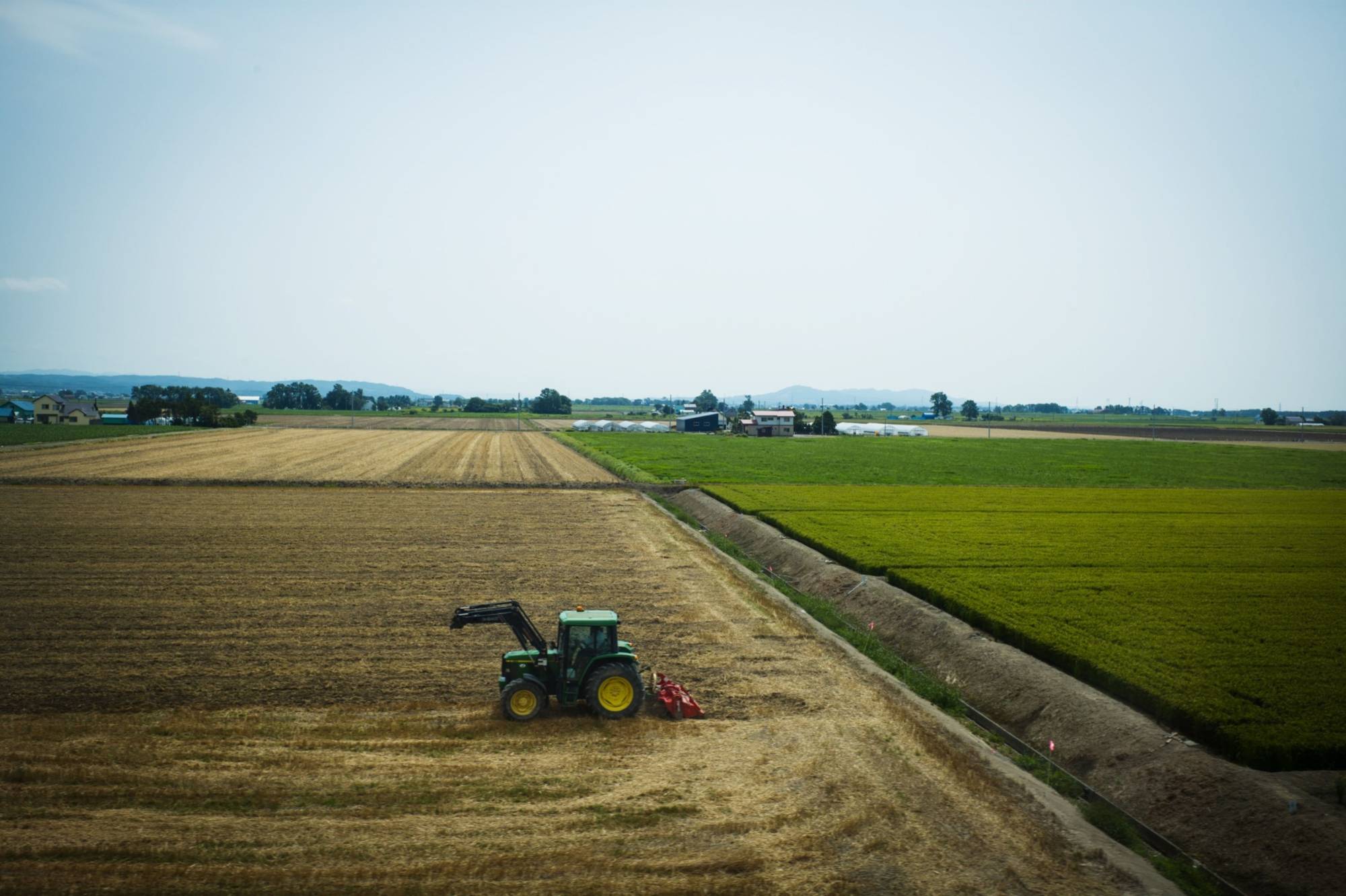High prices for food and energy are at the top of voter concerns nationwide in advance of Sunday's Upper House election. But nowhere is that more evident than in Hokkaido, where the agriculture sector faces higher costs in key areas and the fisheries industry finds itself directly impacted by Japan’s sanctions on Russian products over the invasion of Ukraine.
“The effects of the coronavirus and the situation in Ukraine have led to price spikes for oil and grains for animal feed, and to rises in the price of fertilizer, all of which has impacted Hokkaido’s agriculture industry,” said Koki Nakaya, an agricultural official for the prefecture of Hokkaido.
On June 1, about three weeks before the campaign kicked off, the Hokkaido Federation of Agricultural Cooperatives (JA Hokkaido) announced that it was raising the cost of fertilizer provided to Hokkaido farmers by 78.5% compared with last year, due to a long-term increase in global demand for cereals and grains combined with a fertilizer ingredient shortage and sharp rise in energy prices in the wake of Russia’s invasion of Ukraine. The two countries are major exporters of nitrogen and other fertilizer ingredients, and sanctions have been placed on Moscow's energy exports.

















With your current subscription plan you can comment on stories. However, before writing your first comment, please create a display name in the Profile section of your subscriber account page.